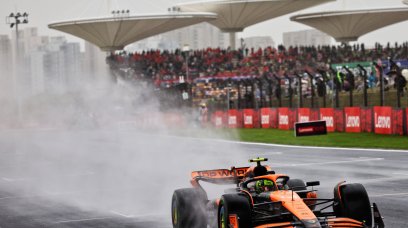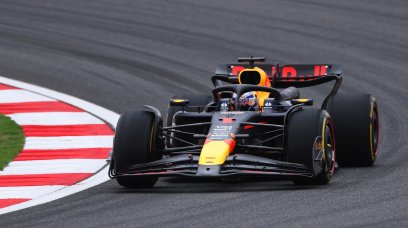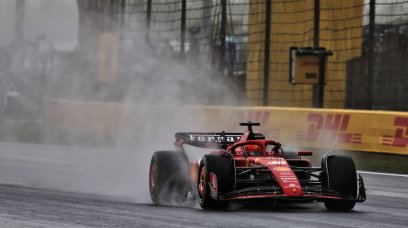With four races gone of the 2021 season, Aston Martin have scored just five points in their return to the sport as work's team for the first time in 60 years. The team in its former guise of Racing Point had a strong showing in 2020, finishing in X place in the constructors' championship and taking their first victory through Sergio Perez at the Sakhir Grand Prix in a car dubbed the 'Pink Mercedes' due to its similarities to the champion's 2019 car. This year, the team have struggled to make their mark in a competitive midfield and are running towards the back of the grid well behind rivals such as McLaren and Ferrari, with the rule changes introduced for this season seeming to have had an outsized effect on the development of the Aston Martin car. The introduction of new sidepods and engine cover at Imola, and a new diffuser and vane details which emerged at Portimao, have helped the laptimes, but the advantages have been nullified by similar changes made by their rivals. One of the main issues being addressed is the flow to the rear diffuser which was most impacted by the regulation changes, F1 technical contributors Mark Hughes and Giorgio Piola explained on F1.com. "The heart of the shortfall being attacked is the flow to the diffuser which has been made less powerful by the regulation changes, particularly on low rake cars such as this," they said. "The regulation clipping of the winglet width atop of the rear brake ducts, combined with the halving of the length of the outer diffuser strakes, makes it especially difficult to keep airflow inboard of the rear wheel from being sucked beneath the floor and disrupting the flow there – and reducing downforce. "Joining up the flow from the brake duct winglets to the diffuser strakes is very helpful in preventing the flow being sucked sideways. Clipping their size has obviously made it less easy to join up that flow. This is especially the case on a low rake car because on a high rake car, the floor (with the diffuser) rises up further to meet the brake duct." The problem is being addressed through two fixes on both the revamped engine cover and the the use of a less extreme sidepod ramp in an attempt to align the flow more to the inner face of the rear wheel and brake duct they added. The other main issue is sealing the floor using a Z-floor concept also in use by Mercedes to help prevent the air flow being sucked beneath at critical places underneath the car. "The outer edges of the floor form a Z around a cut-out to create a vortex which helps seal the floor and allows much of the edge’s length aft of the Z to remain straight, parallel to the central stepped section of the floor, thus making it easier to seal," they said. "Aston has developed this floor edge continuously – with an evolution for the opening race in Bahrain with extra cut-outs in the edge forward of the Z. A yet-further enhanced version was part of the upgrade introduced on Lance Stroll’s car in Portugal and on Sebastian Vettel’s in Spain, featuring a third cut-out before the Z. "The series of cut-outs will prepare the airflow on its way to the Z, increasing the power of its vortex. The more negative pressure being created within the underfloor, the stronger the vortex will need to be in keeping the floor sealed."
Most read



















